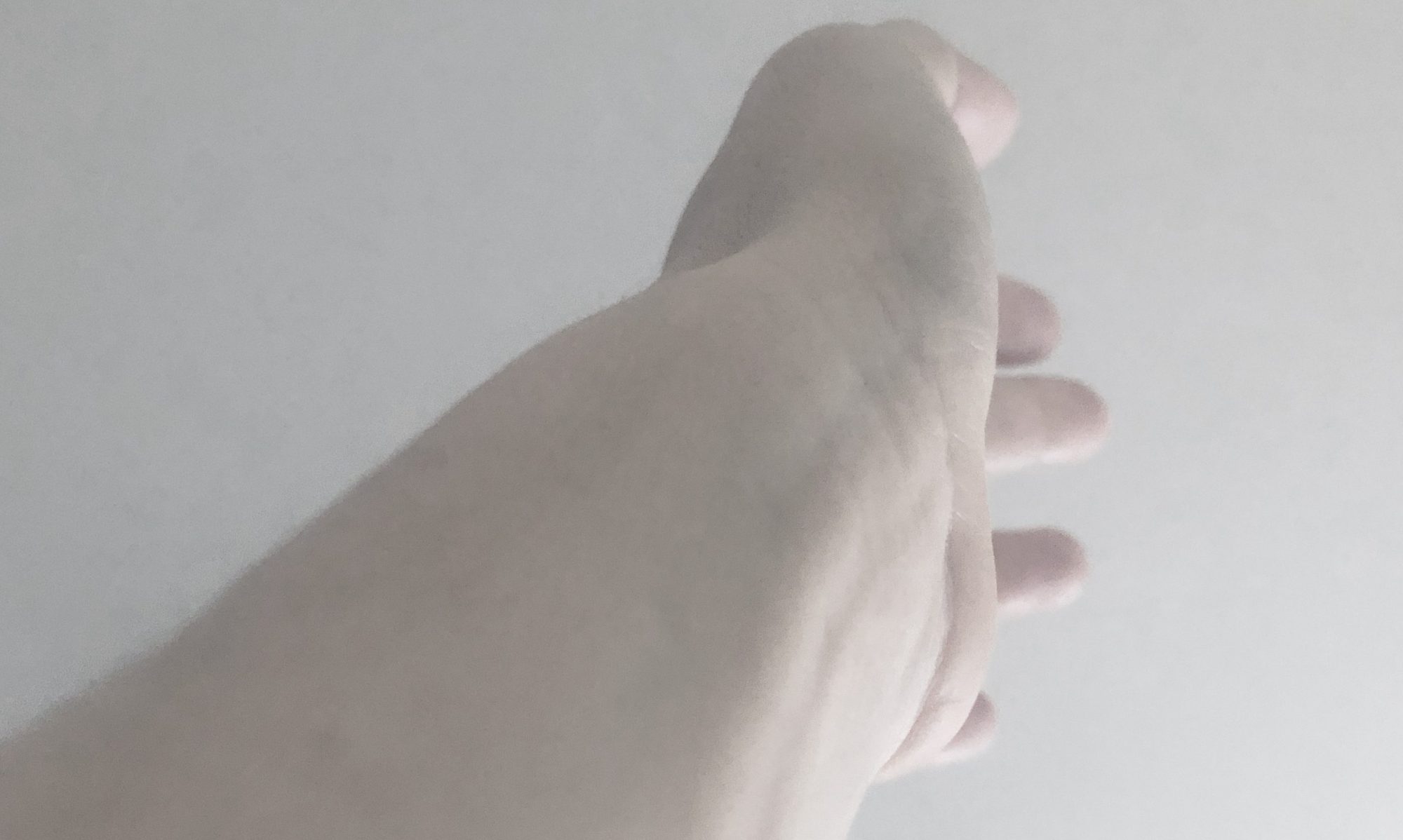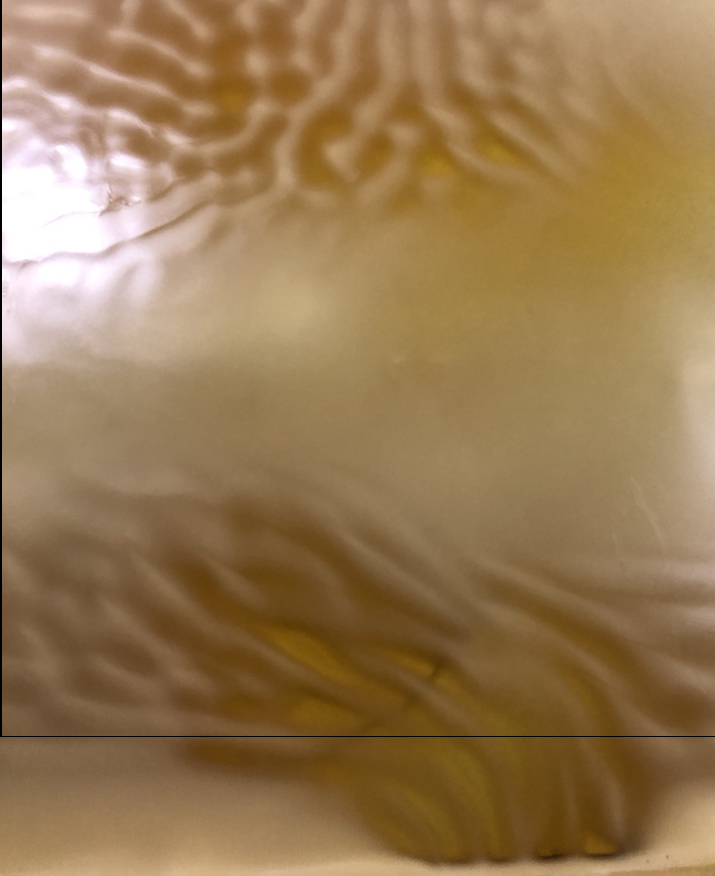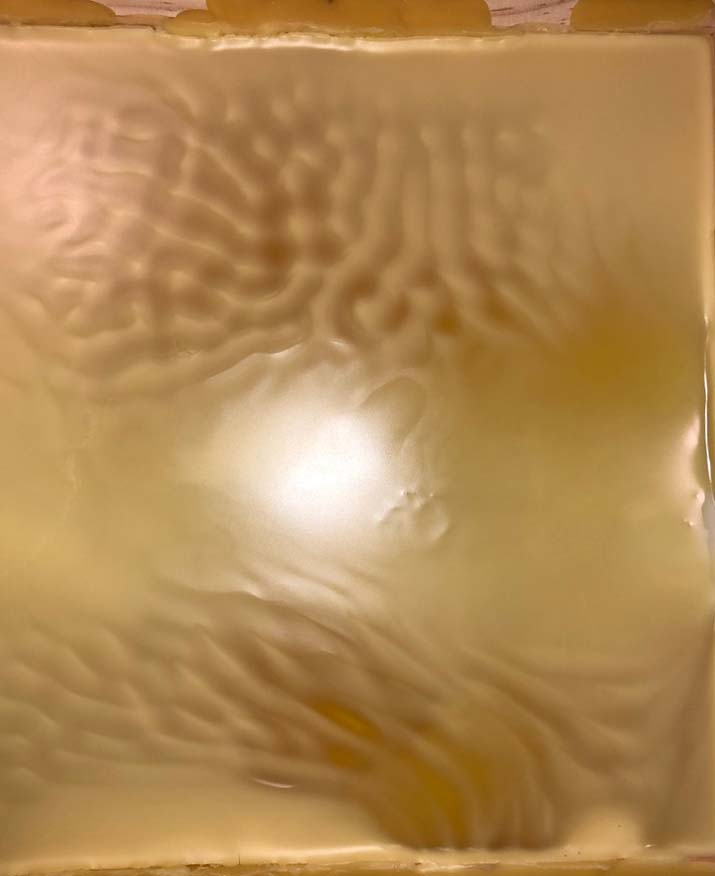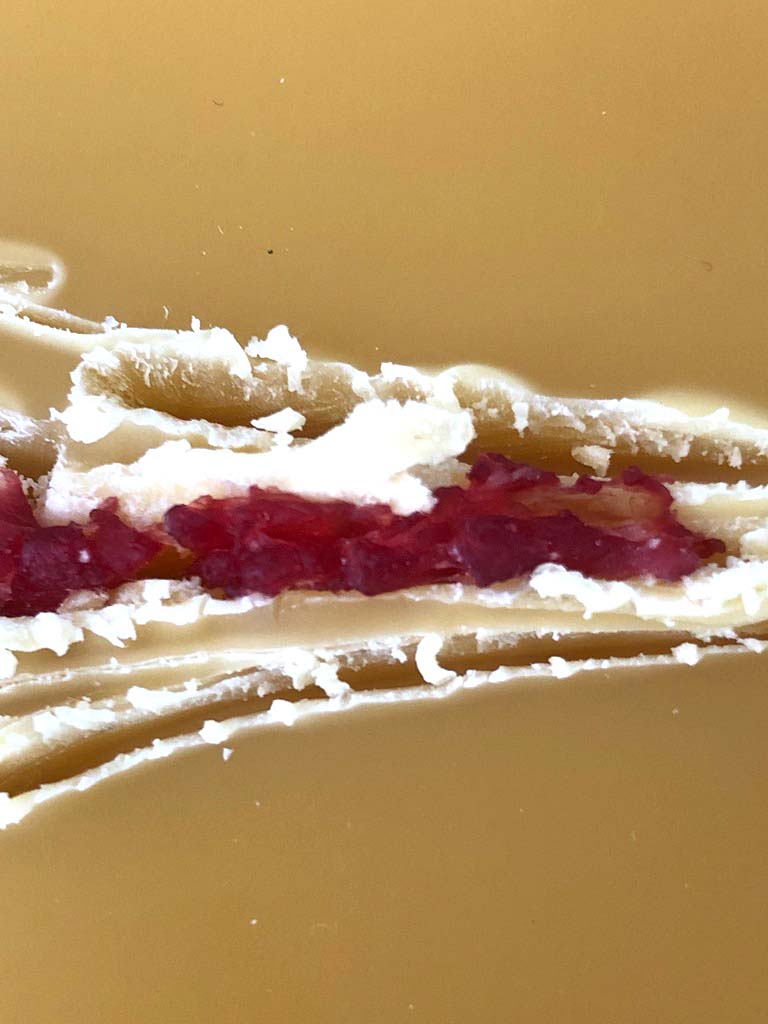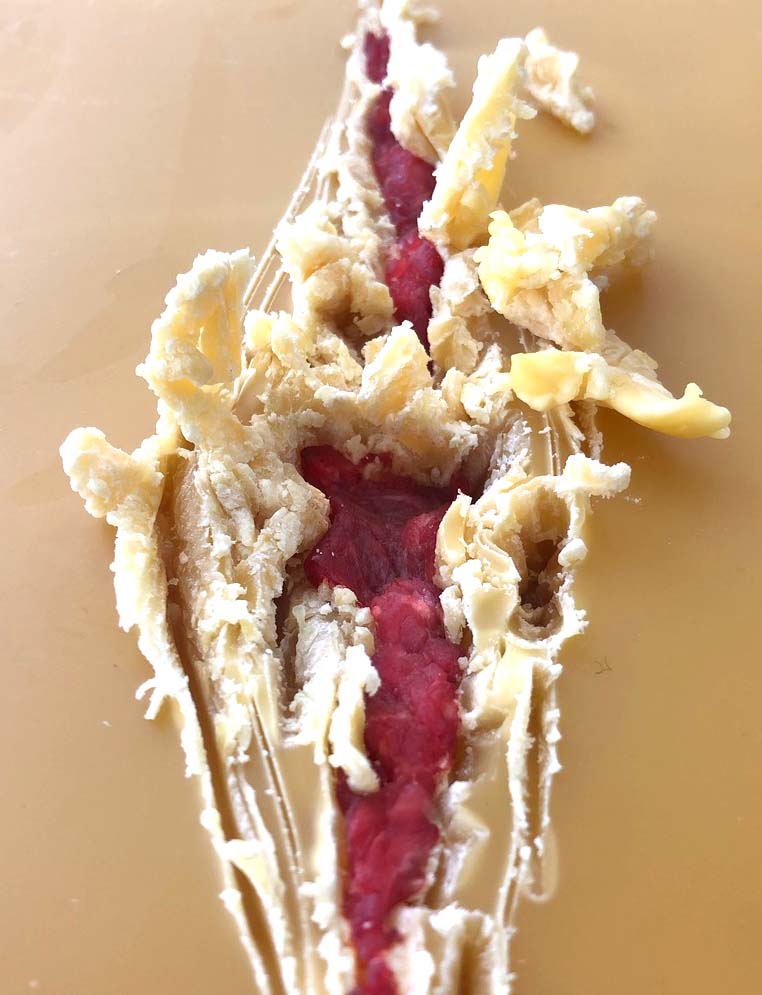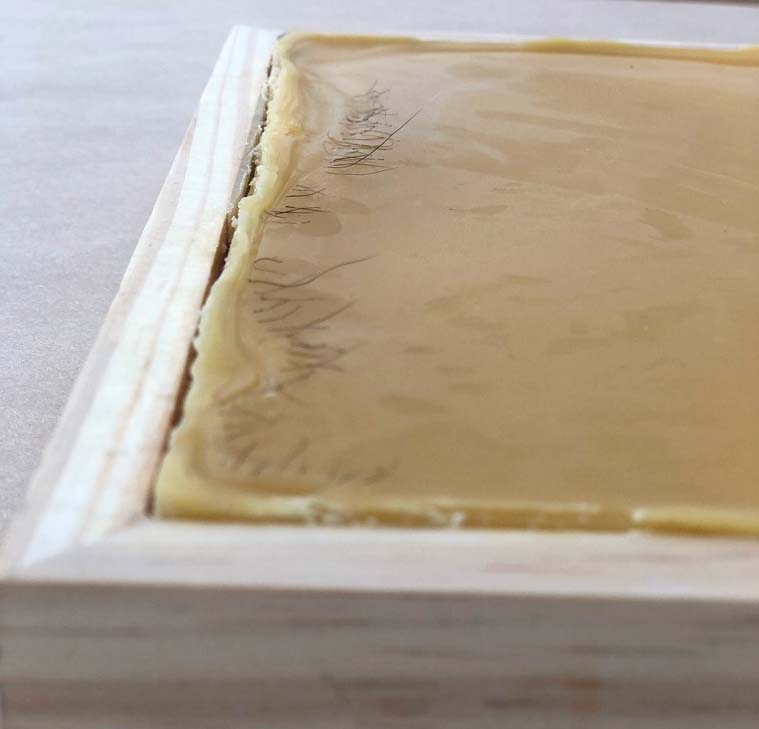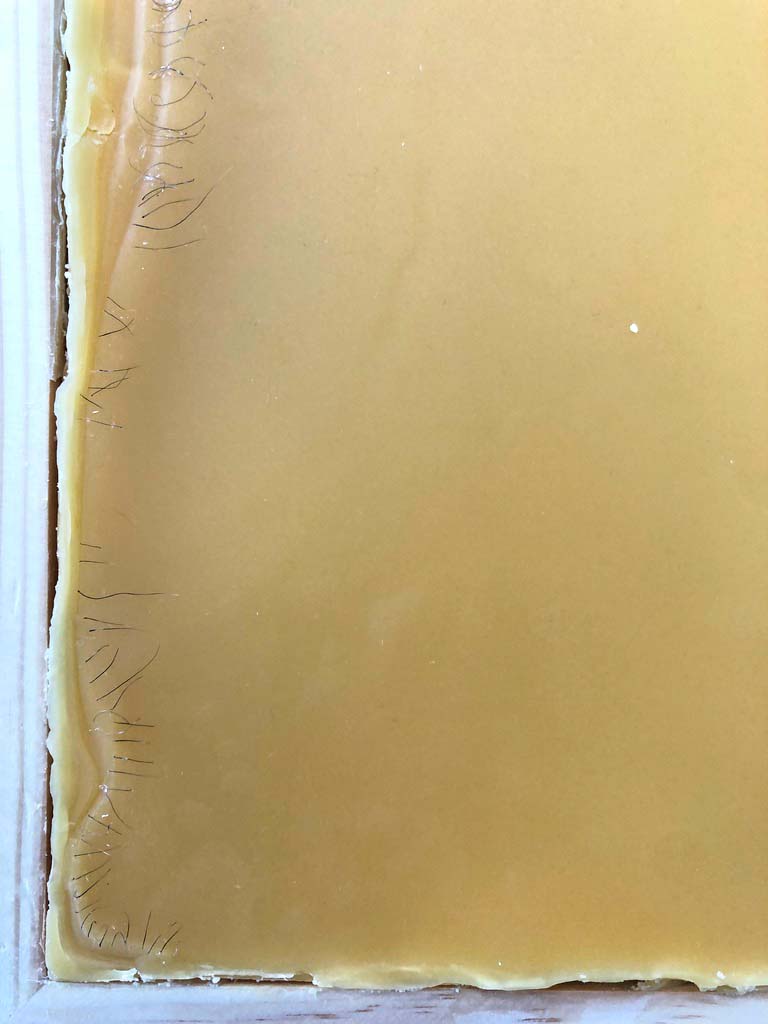Fall 2021:
This term my art work has been propelled by me trying to understand what it means to be a feminine body within a patriarchal social and cultural environment? How is this knowledge internalized? How are being is not only shaped by our experiences and our cultural/temporal context but also by experiences that haven’t been lived by us but by past generations?
For this last question I am thinking of terms such as anamnesis and Min Jin Lee’s “Historical Multitudes”.
The term anamnesis as understood by Jean-François Lyotard, is a remembrance that occurs not in the past but ahead of time. It is the memory of an experience that hasn’t happened to us but to a past generation and is passed to us in an unconscious way.1
We act and react sometimes in certain ways without really knowing why that is and often this is due to the “historical multitudes” that live within us.
In Min Jin Lee’s words: “For me, reading “Ain’t I A Woman” was as if someone had opened the door, the windows, and raised the roof in my mind. I am neither white nor black, but through her (bell hooks) theories , I was able to understand that my body contained historical multitudes and any analysis without such a measured consideration was limited and deeply flawed.”2
- Julie Gallard. Recherche II. Anamnesis, 2019 ICI Repository Berlin. Pg. 19. Online: https://oa.ici-berlin.org/files/original/10.25620_ci-15/gaillard_recherche_ii.pdf
- Min Jin Lee. “In Praise of bell hooks”. New York Times, Feb. 28th, 2019
Fall 2021. Series 1:
Flor de Asfalto.
This is an ongoing project. I am still working with the way in which I will bring together the images. For some of them I will be using medical stitches, for others staples and yet for others micropore tape.
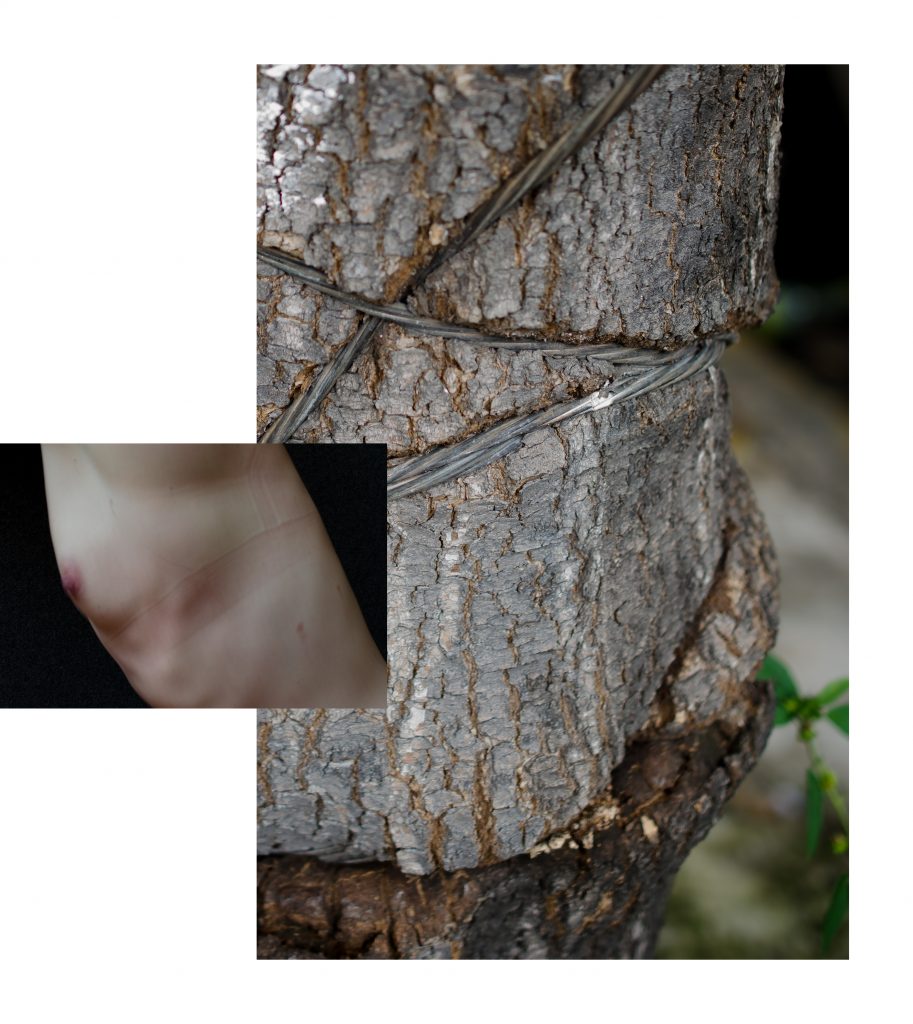
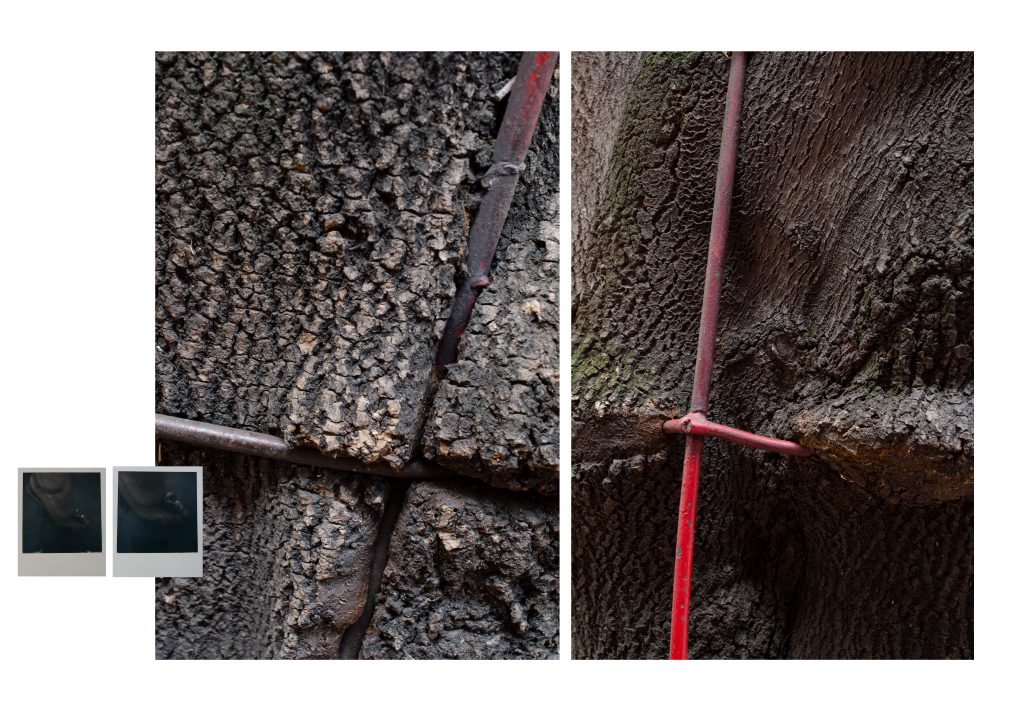
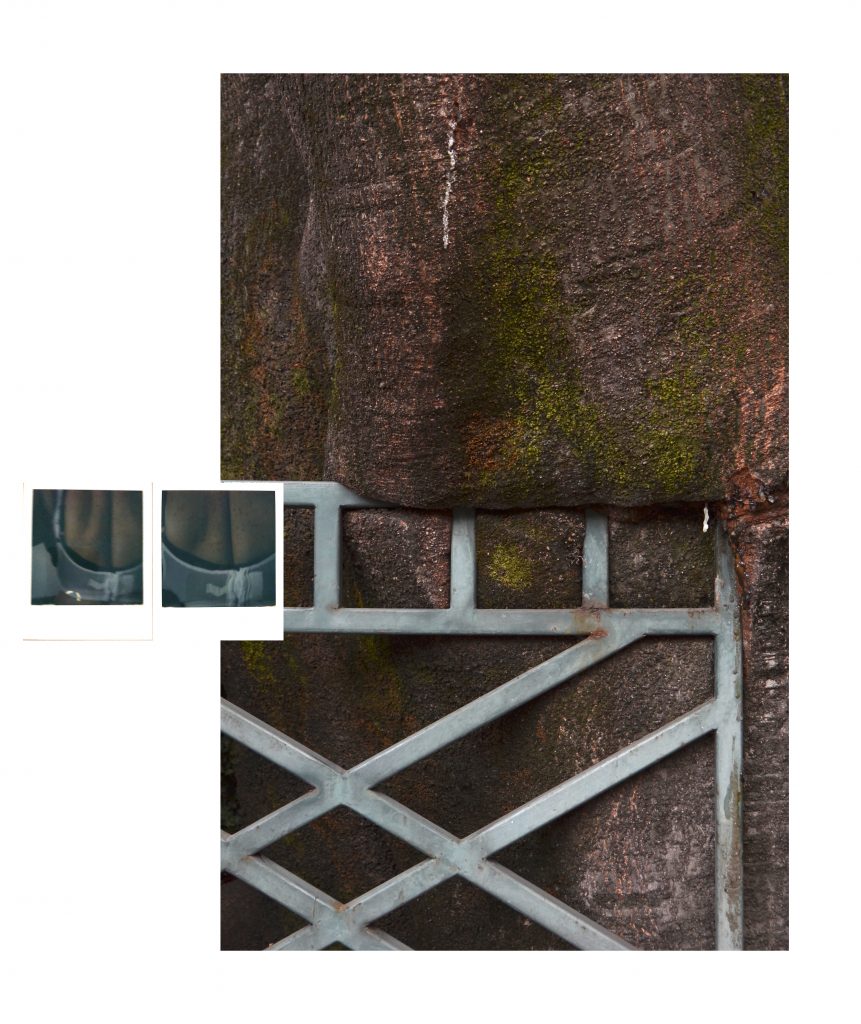
Fall 2021. Series 2:
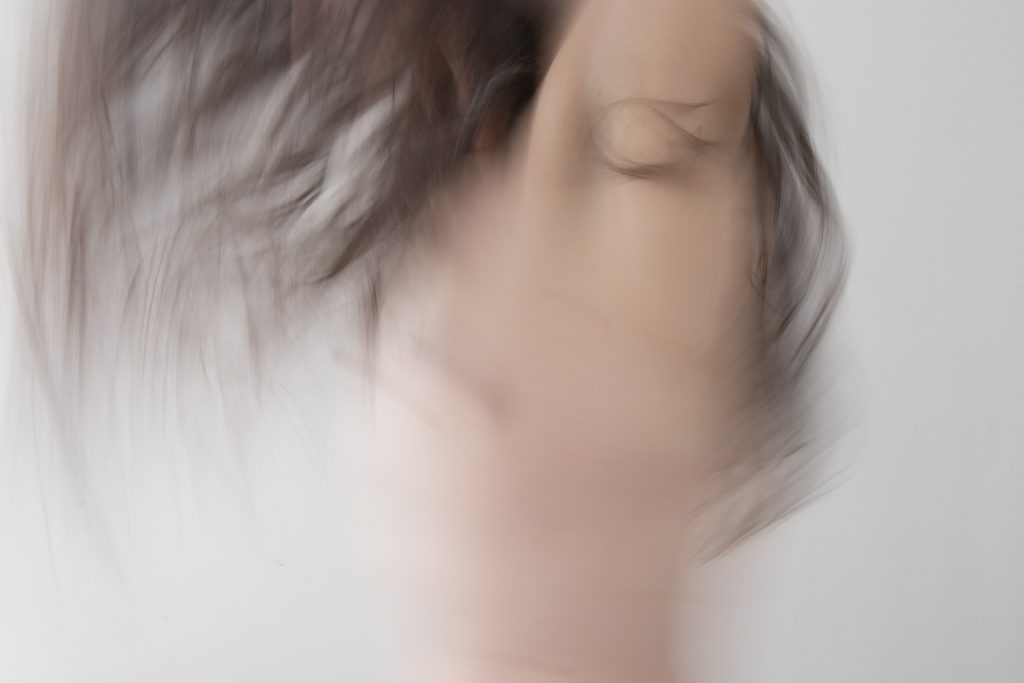
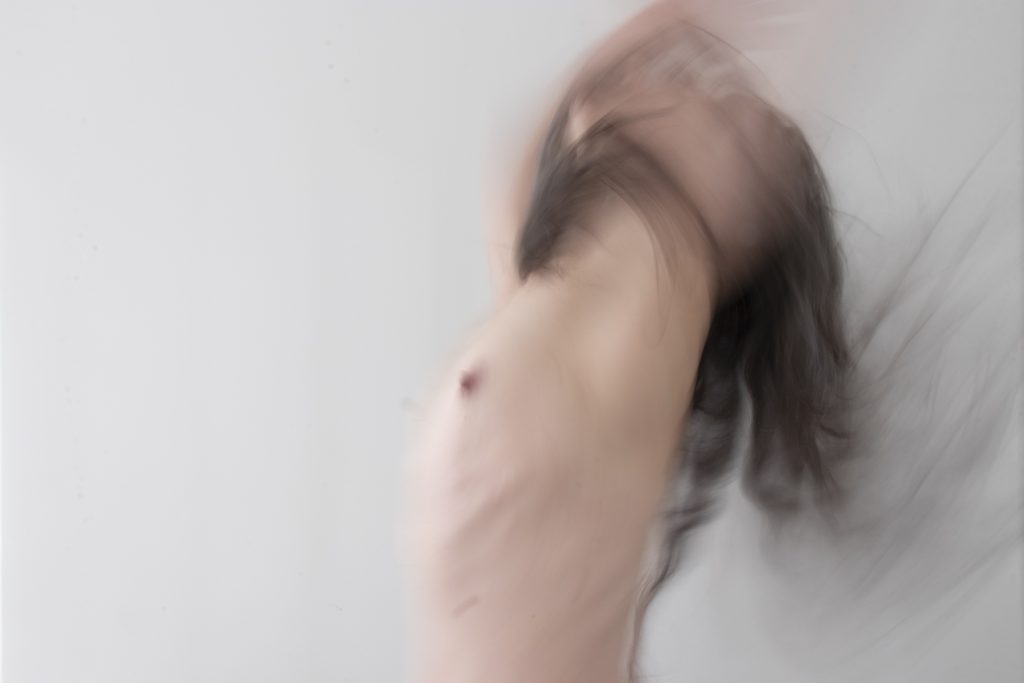
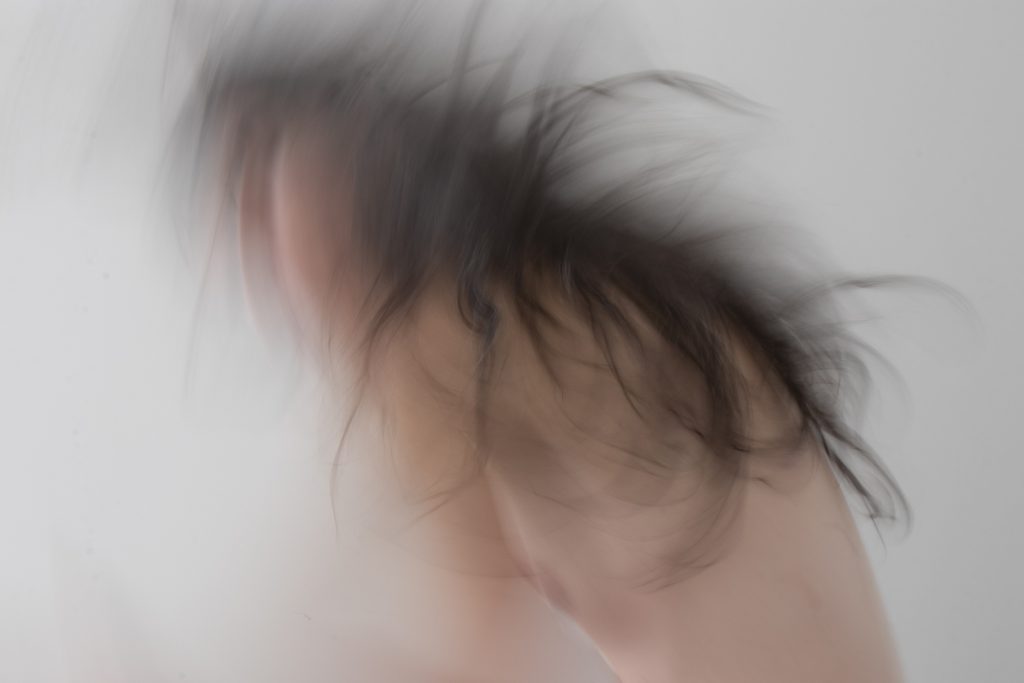

First wax tests to begin experimentation with encaustics.
I want to try a more tactile approach to editing. I am trying encaustics to manipulate the images and achieve blurriness and textuality.
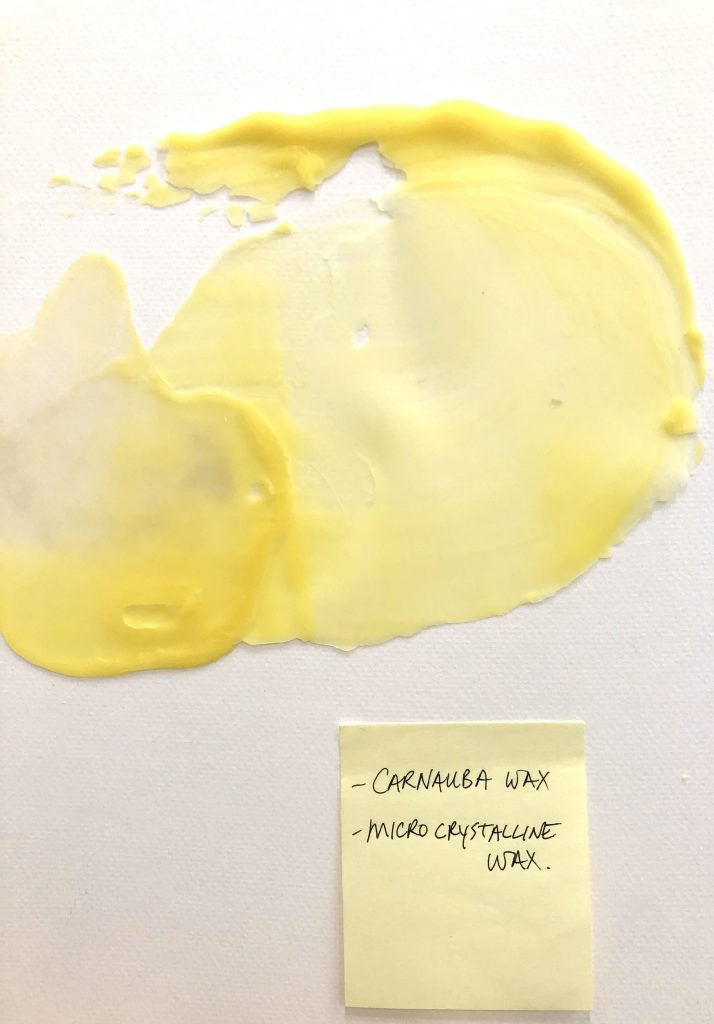
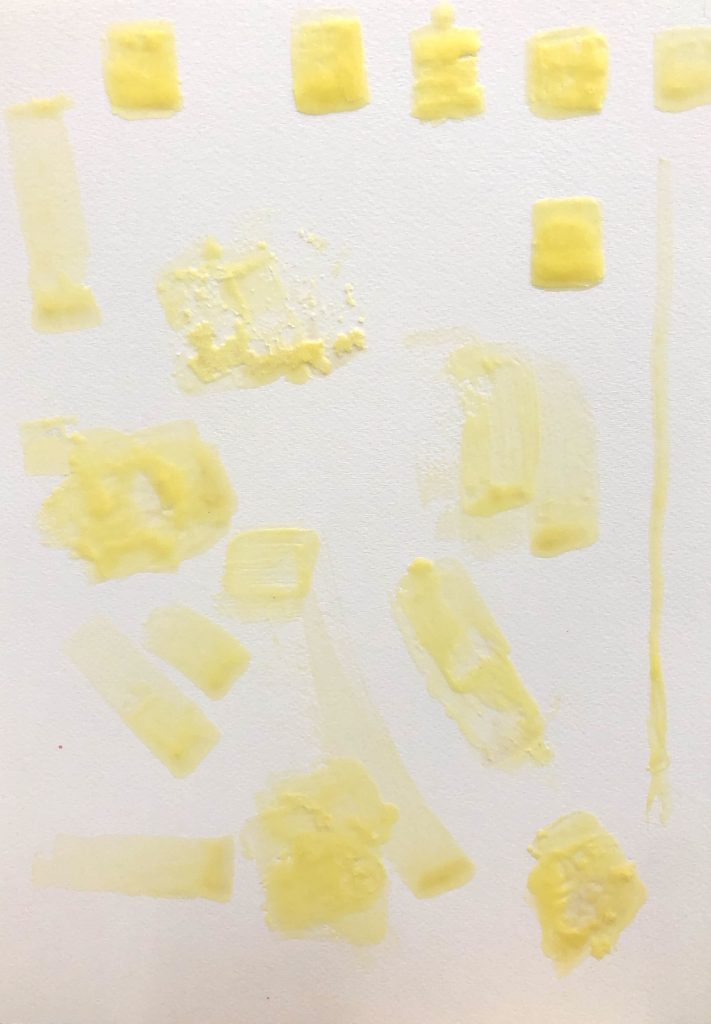
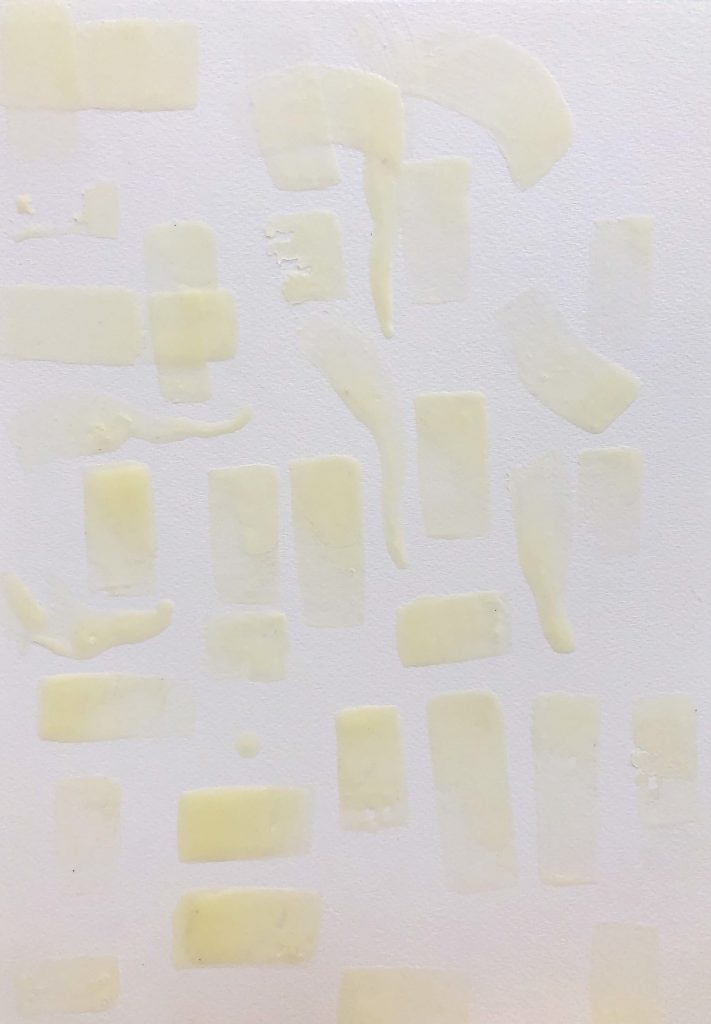
Fall 2021. Series 3:
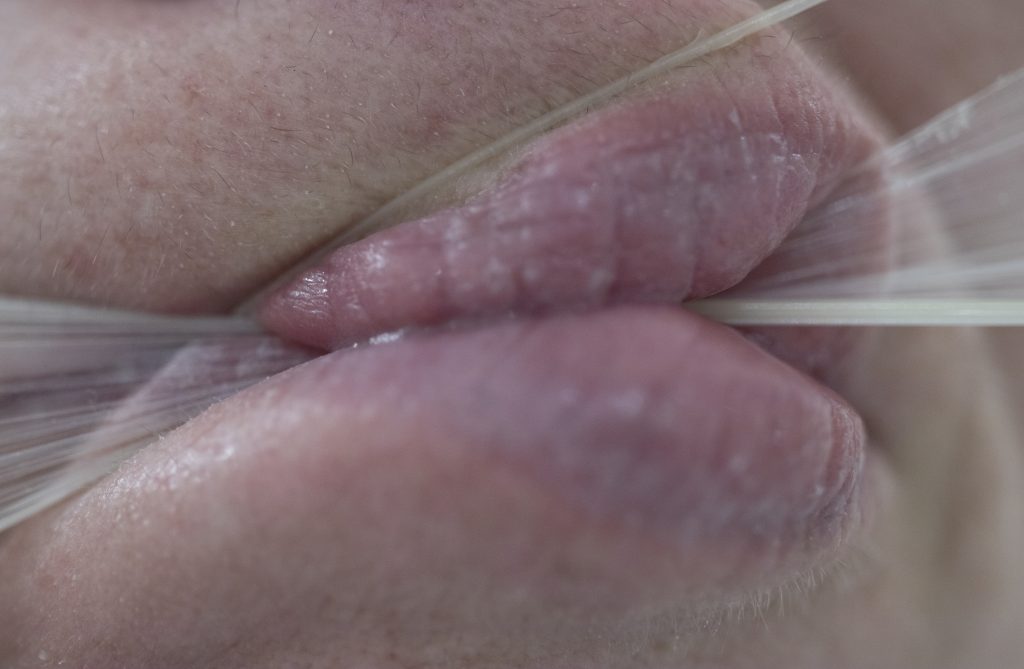
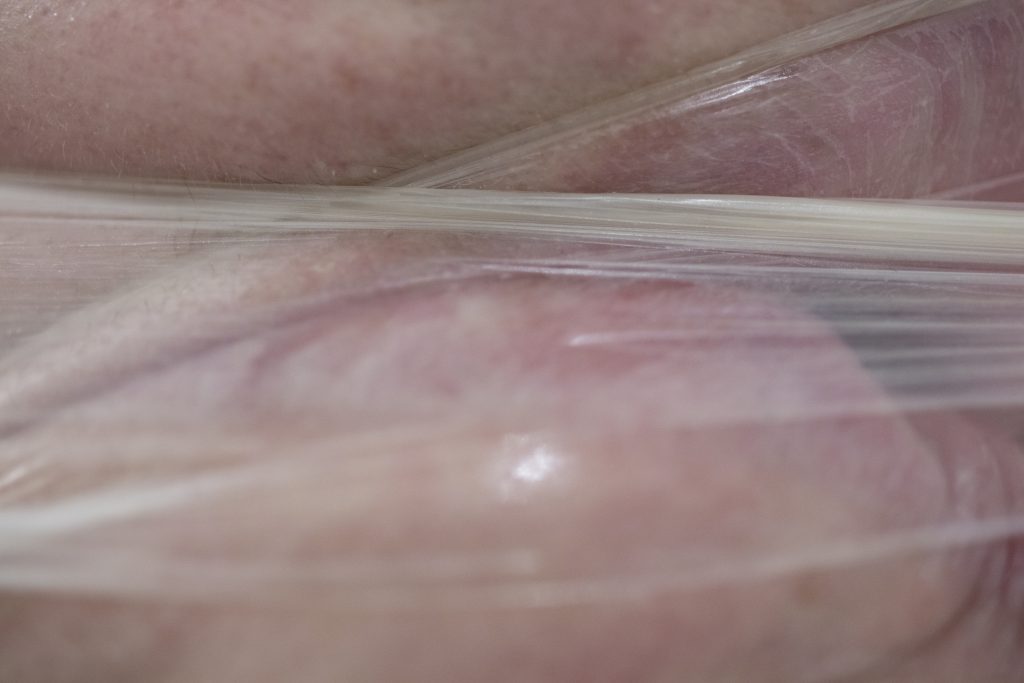
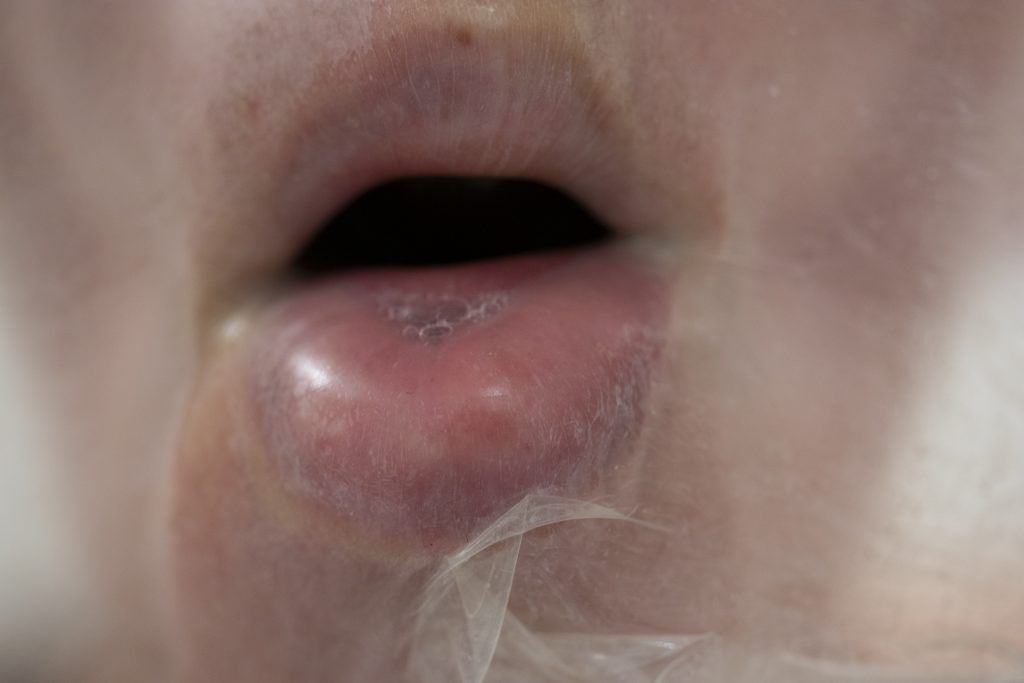
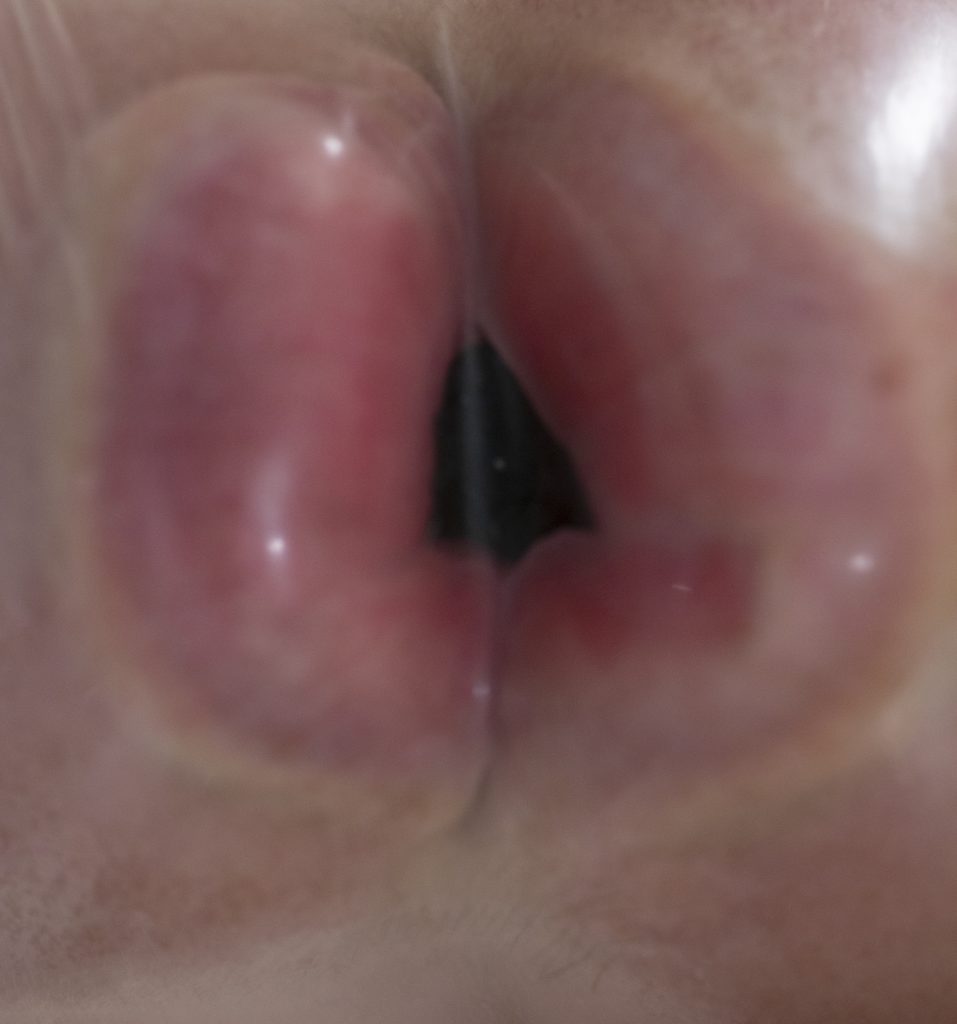
Fall 2021. Series 4:

Fall 2021, Series 5:
(Final critique of the Fall Term).

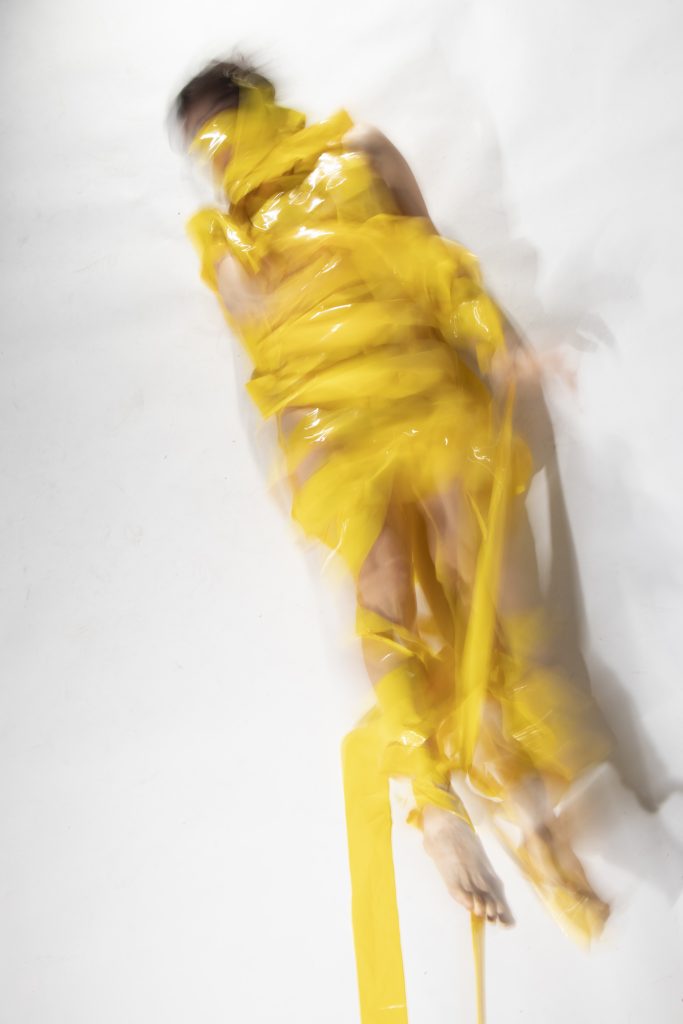
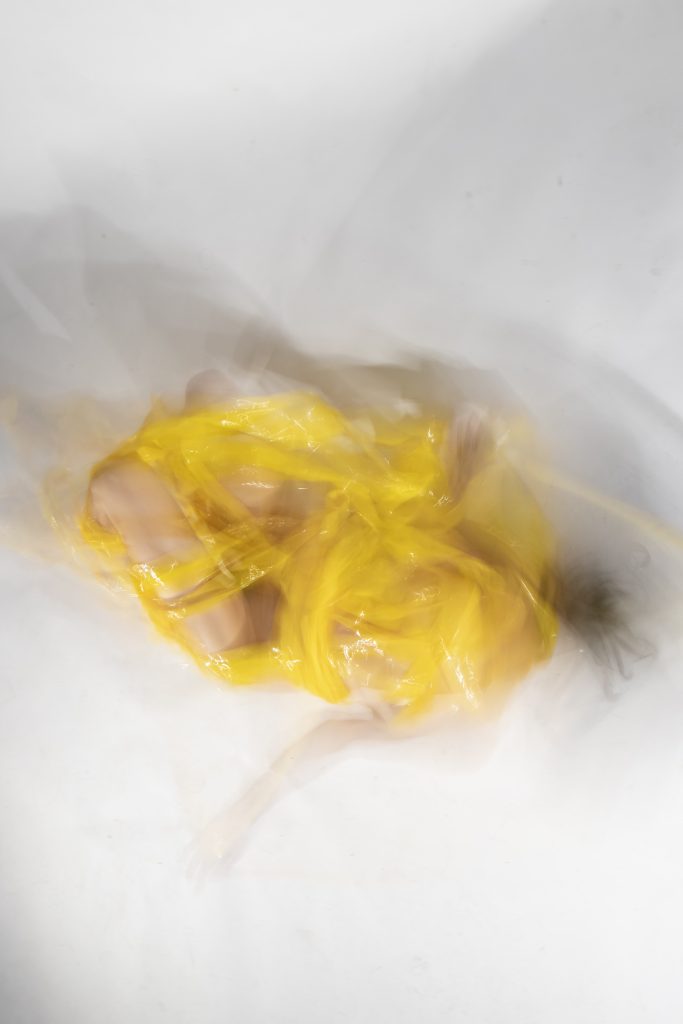
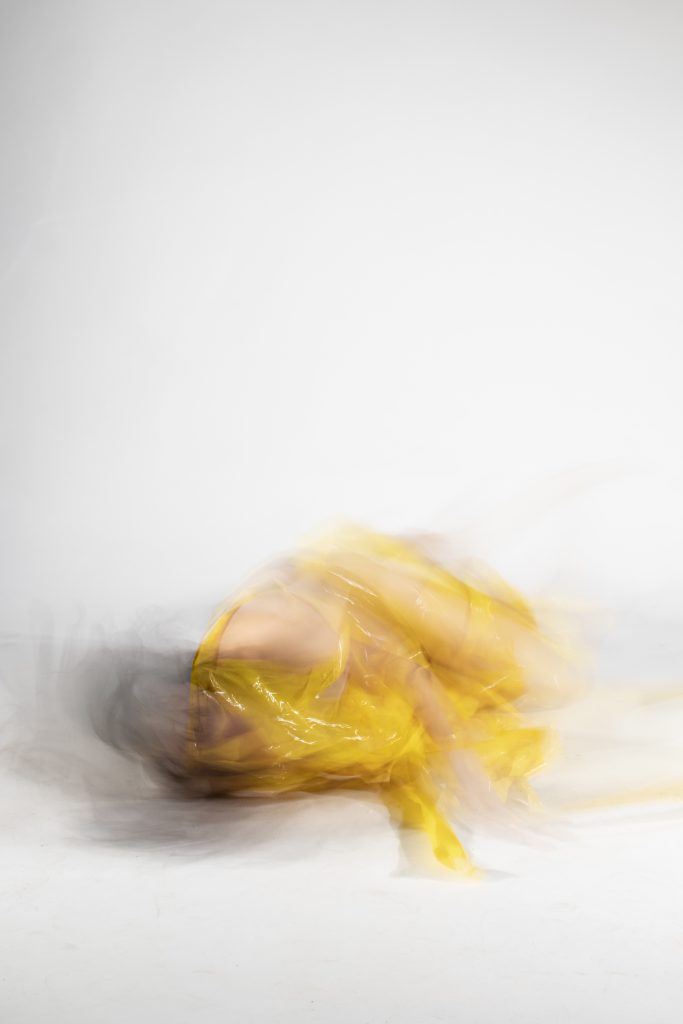
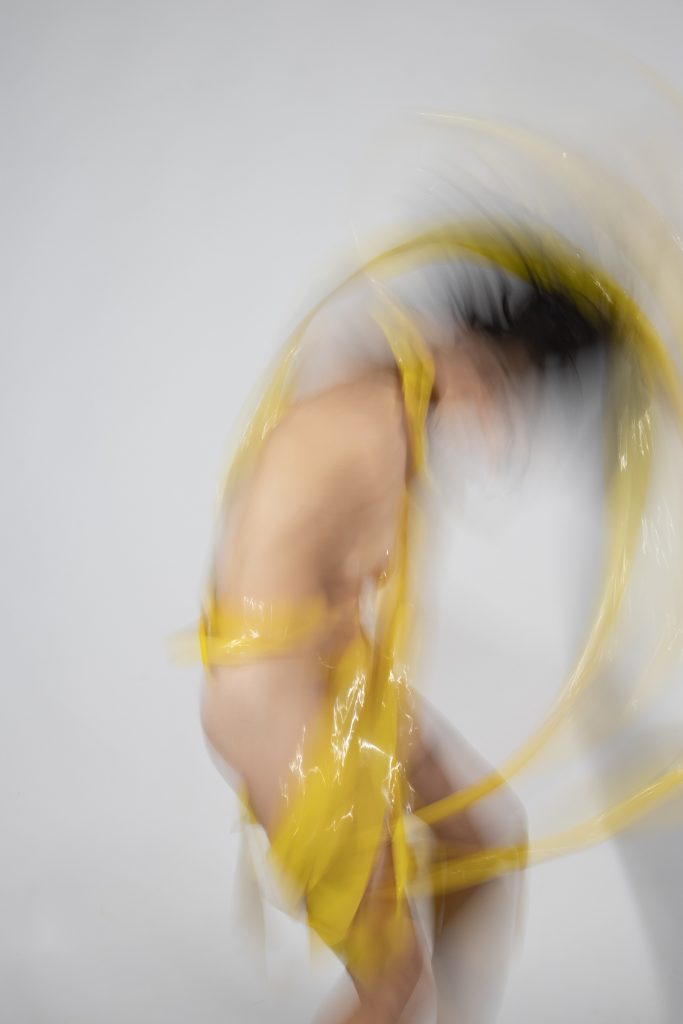
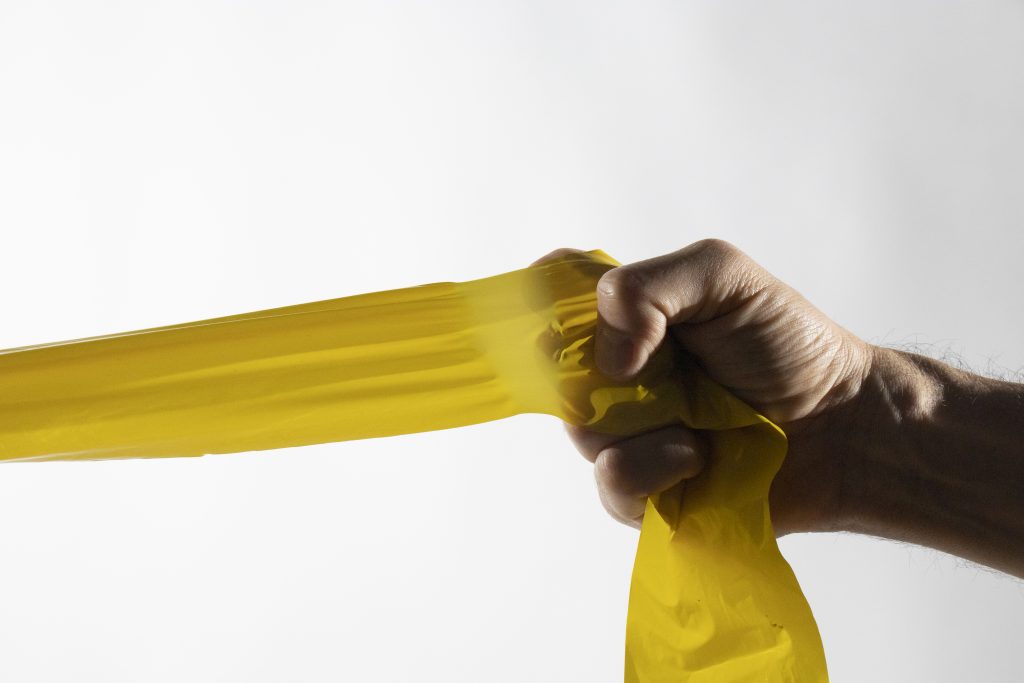
I did not present the tape for the final crit. However, I intend to explore more with it.

Spring 2002
New questions have risen due to the work I created through out the fall. In particular, I have been questioned and I question myself as well if photography is the best medium suited, both to investigate my research questions and to convey the ideas and feelings I have reached so far.
For this reason I will focus during the spring term in the creation of objects through which I might be able to transgress and go beyond the images themselves.
For this purpose, I will push further the use of wax. It will no longer be an editing tool, but rather a key component of the works created.
Why wax?
I have chosen wax to work with because of its malleability, ductility its historical and psychological references to time and memory. Because wax as material “is characterized only by being uncharacterizable: each time we recongnize a material quality in wax, we immediately see another material quality that is exactly the opposite. Wax
